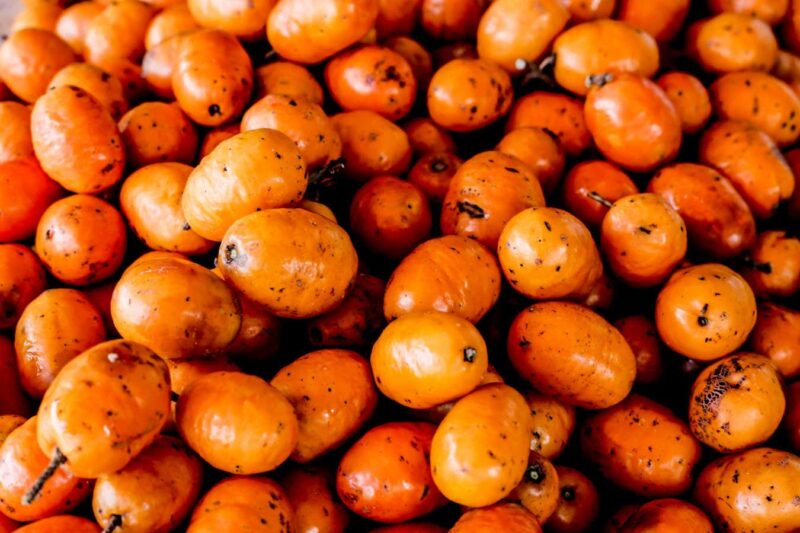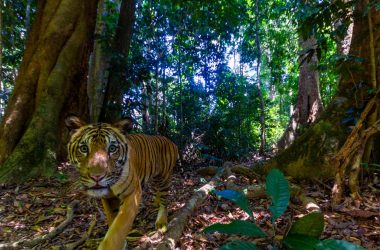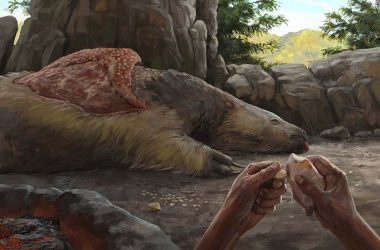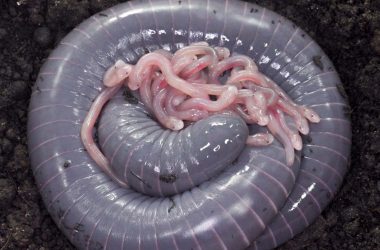Hog plums growing in tropical forests can have an alcohol level over 1.5 per cent
rommelnobrega/iStockphoto/Getty Images
In tropical forests, many fruits eaten by mammals contain alcohol, which might be a way for plants to attract animals to disperse their seeds.
Ethanol is a natural byproduct of fermentation by wild yeasts that occurs in fruits. According to Julia Casorso from the University of Calgary in Canada, there have been limited studies on the role of alcohol in plant-animal interactions on a large scale.
To investigate, Casorso and her team collected fruits at various stages of ripeness from over 70 plant species in a Costa Rican tropical dry forest. They collected fruits directly from trees as well as from the ground. To measure the alcohol concentration, the fruits were placed in plastic bags for an hour, and then the air inside the bag was sampled with a breathalyzer.
Based on existing knowledge of fruit consumption by animals, smaller and brightly colored fruits were classified as bird-dispersed, while heavier and duller fruits were considered mammal-dispersed. Soft and succulent fruits were categorized as mixed-dispersal. The final analysis included 37 species after excluding fruits with small sample sizes.
The researchers discovered detectable levels of alcohol in 78% of the fruit species, and those likely to be dispersed by mammals had higher alcohol levels. The hog plum (Spondias mombin) had the highest alcohol concentration, exceeding 1.5%.
Animals may find alcohol appealing because it indicates ripe and sugary fruit that provides more nutrition, suggest the researchers. Previous studies have shown that animals like lemurs and monkeys prefer fruits with higher alcohol content.
“Mammals, in particular, utilize their sense of smell to find food,” says Casorso. “Ethanol is one of the many aromas that fruits produce, and the fruits might be using alcohol to attract animals for dispersal.”
Although plants do not produce alcohol themselves, they evolved to develop large and fleshy fruits with fermentable sugars during the early Cretaceous Period. Around the same time, yeasts evolved to ferment sugars and produce ethanol. Yeasts also benefit from the interaction with mammals as they help disperse their spores.
While the alcohol level in individual fruits is relatively low, Casorso explains that small-bodied mammals may accumulate a significant amount of blood alcohol by consuming large quantities of fruit. As a result, many mammals have evolved enzymes to process alcohol and its intoxicating byproducts.
Topics:








